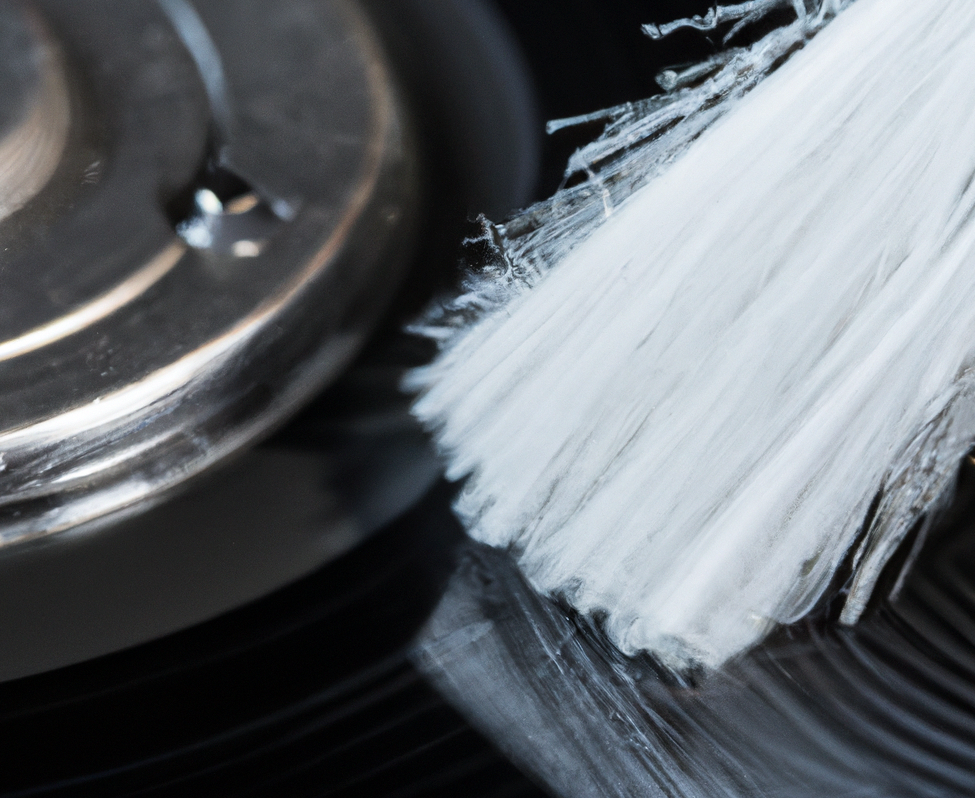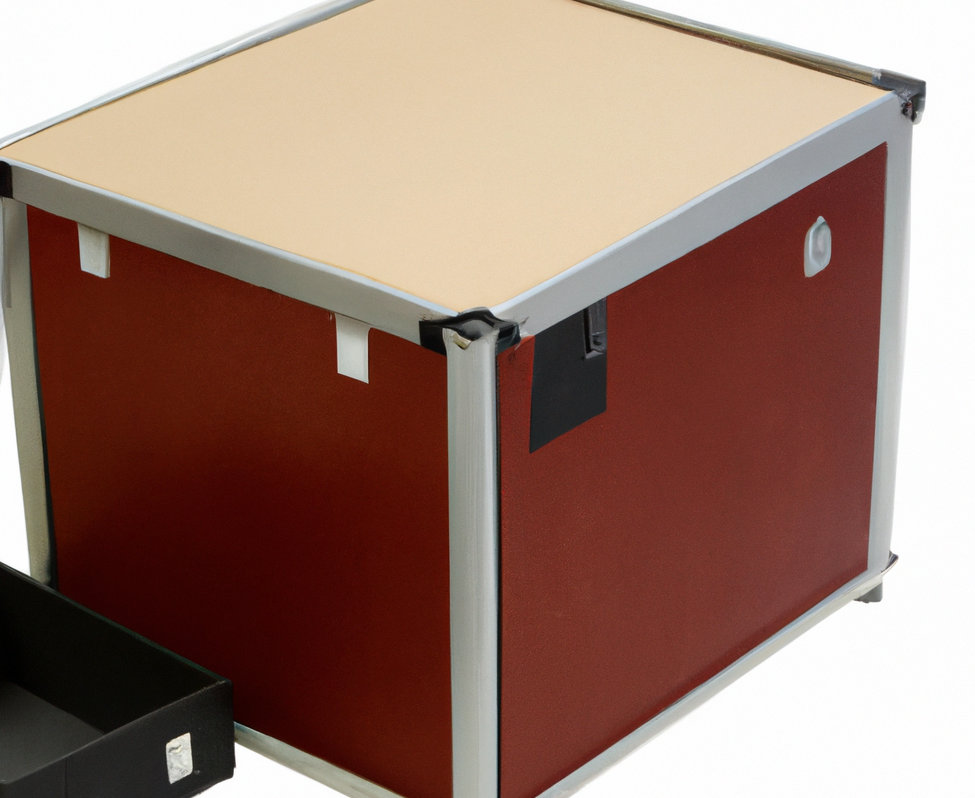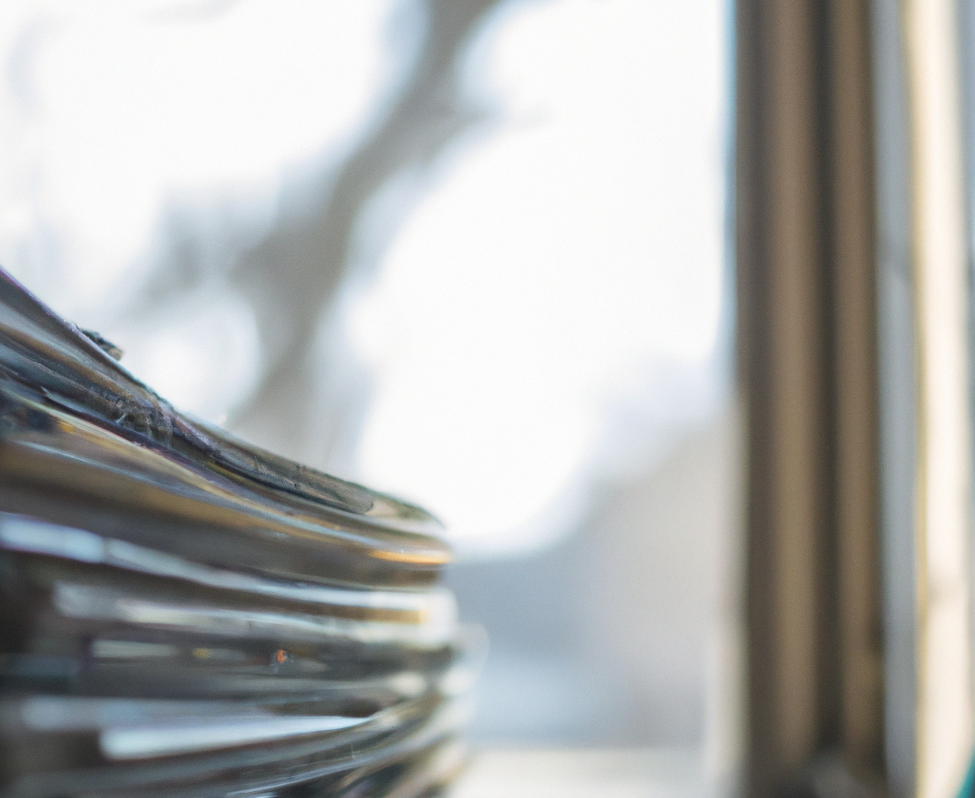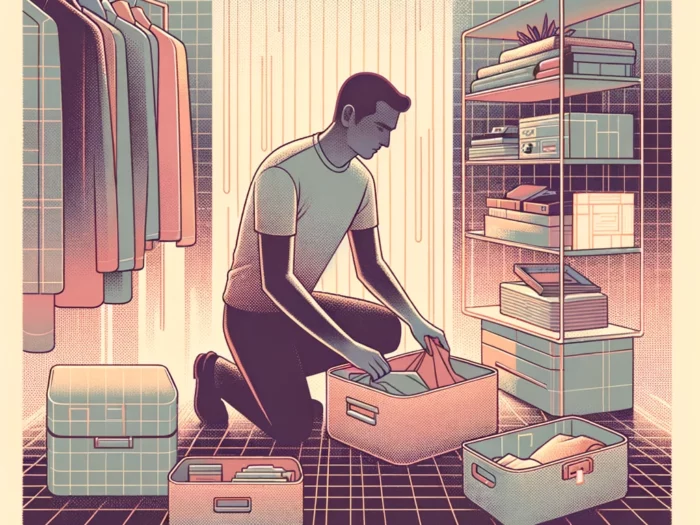Introduction
I’ve always believed that vinyl records are more than just objects; they’re memories encapsulated in grooves. Each record, with its unique artwork and sound, tells a story. But, like all treasured possessions, they’re delicate. A slight mishap, a careless move, and they can be damaged, sometimes irreparably. That’s why, when it comes to moving them, it’s not just about packing items; it’s about preserving memories. In this guide, I’ll share insights into ensuring that your vinyl collection reaches its new home safe, sound, and scratch-free.
1. Understanding Vinyl Vulnerabilities
Vinyl records, for all their charm, have their vulnerabilities. If you’ve ever held one, you’d know they’re not just weighty but also somewhat flexible. This flexibility, a result of the vinyl’s physical properties, is a double-edged sword. On one hand, it allows the record to vibrate and produce that warm sound we all love. On the other, it makes them susceptible to warping, especially when exposed to heat or uneven pressure.
Then there’s the surface. Smooth and glossy, it’s a magnet for scratches. A single deep scratch can turn your favorite tune into a repetitive nightmare, with the needle skipping or getting stuck.
And let’s not forget the sleeves. They’re not just decorative covers but protective shields. However, they too can suffer—seam splits are a common issue, especially if the record is jammed in or if there’s external pressure.
In the next sections, we’ll dive deep into how to protect these cherished items from such damages. Because, as any vinyl lover knows, each record is irreplaceable.
2. Materials You’ll Need
When I first started collecting vinyl, I made the rookie mistake of using any old box for storage. It was only after a particularly harrowing move, where I found some of my prized records warped, that I realized the importance of the right packing materials.
First and foremost, you’ll need boxes that are specifically designed for vinyl records. These aren’t just any boxes; they’re sturdy and sized perfectly to hold records snugly, minimizing movement and potential damage. Remember, too much space can be just as dangerous as too little.
Next, bubble wrap becomes your best friend. It provides that cushioning effect, ensuring that even if the box is jostled, the records inside remain unharmed. Acid-free paper is another must-have. I use it to wrap individual records, especially the rare ones, to prevent any chemical reactions that might damage the vinyl.
Packing tape, strong and reliable, is essential to seal the deal, quite literally. And if you’re moving to a place with high humidity or are storing your records for a long time, consider using desiccants. These little packets absorb moisture, ensuring your records remain dry and mold-free.
3. Pre-Packing Preparation
Before we even start packing, there’s some groundwork to be done. I’ve learned this the hard way: a little preparation can save a lot of heartache later.
Start by giving your records a gentle cleaning. Dust and dirt, seemingly harmless, can cause scratches when records are stacked together. I use a soft anti-static brush, moving in a circular motion along the grooves. It’s therapeutic, and it ensures the record plays smoothly in its new home.

Now, here’s a tip I picked up from a fellow collector: when packing, remove the vinyl from its outer sleeve. This might seem counterintuitive, but it prevents seam splits caused by the record’s edges pressing against the sleeve during the move.
Lastly, organization is key. Group your records by size and weight. This not only makes the packing process smoother but also ensures that heavier records don’t end up crushing their lighter counterparts.
4. The Packing Process
I remember the first time I packed my vinyl collection for a move. I was so focused on ensuring each record was wrapped that I overlooked the importance of the box’s base. The result? A couple of dented record covers. Lesson learned: always start by layering the bottom of the box with bubble wrap or a cushioning material. It acts as a safety net, absorbing any shocks during transit.
When stacking your records, always place them vertically. Laying them flat can cause warping over time, especially under the weight of other records. And while it might be tempting to cram as many as you can into one box, resist the urge. They shouldn’t be too tight; you should be able to slide a record out without tugging.
Any void spaces in the box? Fill them up! Crumpled newspaper, bubble wrap, or even soft fabrics can work. The goal is to prevent any movement within the box during the move.

5. Climate Considerations
Vinyl records are like those delicate orchids I tried (and failed) to grow – they’re sensitive to their environment. Extreme temperatures can be a vinyl’s worst enemy, causing warping or melting. And high humidity? That’s a recipe for mold.
If you’re moving during the summer, avoid leaving packed vinyl in a hot car or van for extended periods. Conversely, in winter, the cold can make vinyl brittle. I once had a record snap into two during a particularly cold move. If possible, consider climate-controlled moving vans. They might be pricier, but they’re worth the peace of mind.
6. Labeling and Organizing
After spending hours ensuring each record is safely packed, the last thing you want is for movers to stack heavy boxes on top of your vinyl. That’s why I always mark my boxes with a bold ‘FRAGILE’. It’s a simple step, but it makes a world of difference.
For my sanity, I also label boxes based on content. ’70s Rock’, ‘Jazz Classics’, ‘Indie Gems’ – whatever works for you. It makes the unpacking process smoother and adds a touch of excitement as you set up your new space.
Lastly, keep an inventory list. It might seem overboard, but trust me, it’s invaluable. Not only does it ensure no record is left behind, but it also makes it easier to locate specific albums when you’re settling into your new place.
7. Transport Tips
I’ve had my fair share of moving experiences, and if there’s one thing I’ve learned, it’s that the journey matters just as much as the packing. When loading your record boxes into the moving truck, try to position them towards the middle, away from the truck’s walls. This minimizes the risk of temperature-related damage.
And remember that ‘FRAGILE’ label? It’s not just for show. Make sure that no heavy items or boxes are stacked on top of your vinyl records. I once made the mistake of placing a box of books over my vinyls, and let’s just say, some covers didn’t survive the pressure.
Lastly, if you’re the one driving, channel your inner chauffeur. Avoid potholes, take turns gently, and brake smoothly. Your records will thank you for the considerate ride.
8. Unpacking and Setting Up in Your New Space

Ah, the joy of setting up in a new space! But before you dive into unpacking, take a moment to scout the perfect location for your collection. Ideally, you’d want a spot away from direct sunlight, radiators, and windows. This ensures your records stay away from harmful UV rays and temperature fluctuations.
When you start unpacking, resist the urge to rush. Take out each record gently, ensuring you don’t scratch them against the box’s edges. And here’s a tip I learned from an old collector friend: let your records ‘breathe’ for a day before playing them. This helps them acclimate to the new environment, especially if there are significant temperature or humidity changes.
Conclusion
Packing and moving vinyl records isn’t just about preventing physical damage. It’s about preserving memories, emotions, and the countless hours you’ve spent immersed in music. By following this guide, you’ve not only ensured the safety of your collection but also shown immense respect for the art it represents.
Now, with everything set up in your new space, it’s time to drop that needle, sit back, and let the music play. Here’s to new memories and more musical adventures in your new home!









